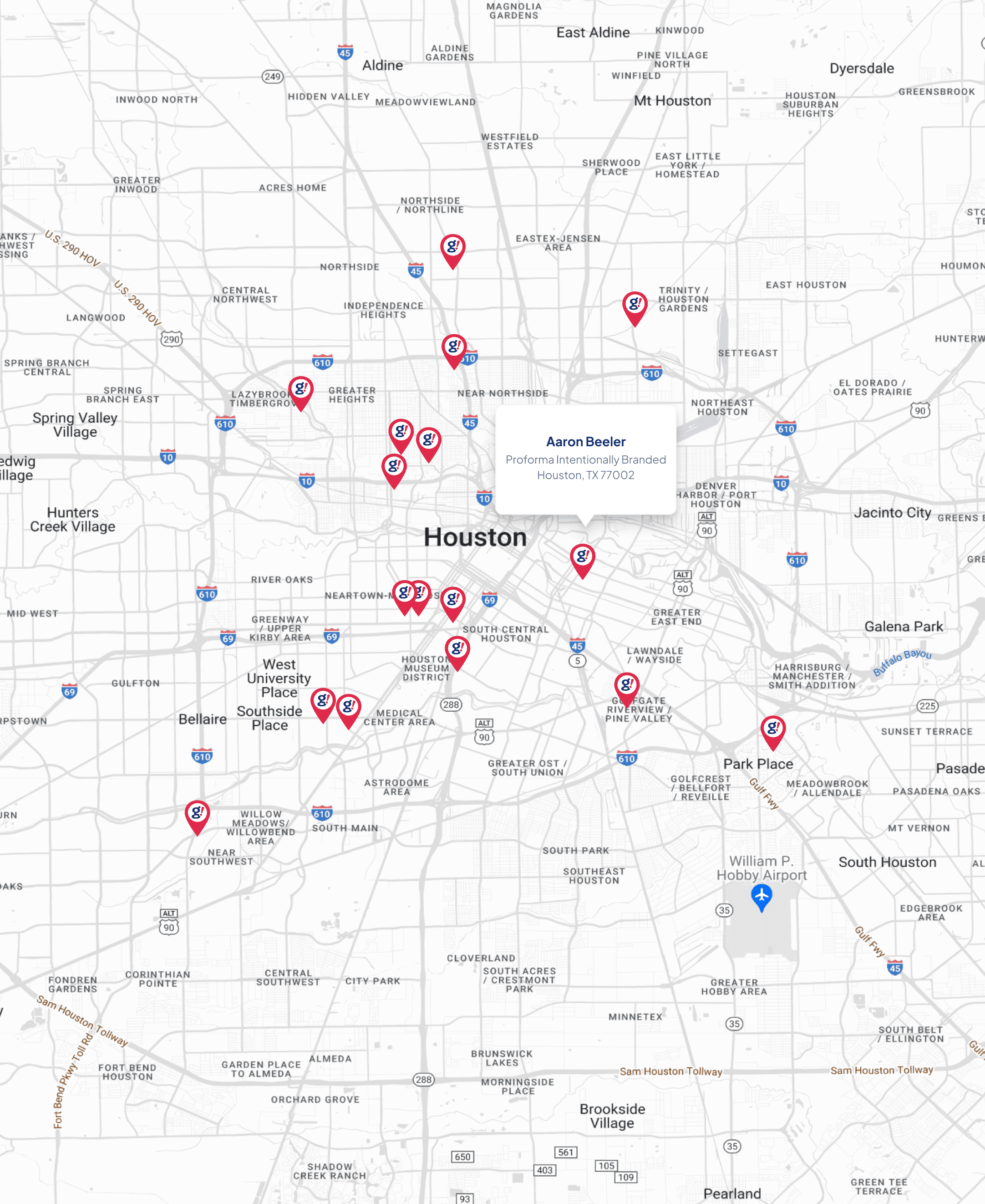TV Ads, Email, or Social: Who is Top Dog? - iContact
- Updated on: 2018-02-03
- Read original article here

Who reigns supreme in marketing? Television commercials, email, or social campaigns?
Think about it. When was the last time you saw a television commercial that was really memorable or inspired you to make a purchase? In fact, maybe you aren’t seeing many television commercials at all if you use a TiVo to catch up with your favorite shows and skip your way through all of the advertising. And if you’ve cut the cable and instead rely on entertainment outlets like Netflix, commercials may be a thing of the past for you.
You are not alone.
A study conducted by Arris in 2014, found that 84% of respondents preferred to fast forward through the commercials they watch, while another 60% of them downloaded or recorded shows just so they could skip commercials.
Another 2014 study conducted by Communicus found that even Super Bowl ads, once considered the Holy Grail of advertising, were ineffective, as 80% of viewers reported these commercials did not influence them to buy.
Even worse, network streaming apps (CBS, NBC, etc.) seem to recycle the same ads during each break in a single show, causing viewer fatigue. I know that I personally tend to tune them out.
While there was a time when commercials were a major part of the television viewing experience, it appears that those days may soon be gone. Why? Two words: digital marketing.
It should come as no surprise that when you plan a marketing strategy, a digital campaign is a must. While the average American spends about 2.8 hours a day watching television, the Pew Research Center found that 21% of Americans are online constantly. That was the first time a Pew Research Center survey included “almost constantly” as a response option when asked about the frequency of Internet use among adults. Overall, a staggering 73% of Americans reported going online daily.
Today, we live in an increasingly connected world where your customers expect you to have a digital presence so they can learn more about your business or organization.
Let’s face it, digital marketing provides some unquestionable benefits:
Dollar Shave Club is a great example of the power of digital marketing. In 2012, this little-known company released a video on YouTube. It took one day to shoot and cost the company $4,500.
When the video went live on March 6, 2012, the company’s website crashed because it couldn’t handle the traffic. Within 72 hours, Dollar Shave Club had more than 12,000 new subscribers, and the video had been viewed 25 million times.
CEO Michael Dubin, the star of the video, said, “It was a fantastic way to come out of the gate and raise awareness of our mission. I don’t think you could have accomplished that any other way.”
For now, when it comes to mass marketing, TV may still be the heavyweight in the ring. Isaac Weber, VP of strategy at MarketShare, which conducted a study of marketing optimizations used by major advertisers between 2009 to 2014, found that “TV is the giant megaphone.”
“When you want to get a message out, that’s still really the most powerful means to do it. The way that people view and consume television has changed, … but I think the question is less about what has changed with television and more about what are some of the underlying issues with some of these other vehicles.”
But there’s no doubt that digital will continue to make inroads and it will be interesting to see how it all plays out.
How does email stack up against other digital powerhouses like social media?
For starters, it’s expected that there will be more than 2.9 billion worldwide email users by 2019. That’s a huge opportunity and an impressive potential reach.
But here’s something interesting. Facebook’s organic reach decreased by 6% in 2014. Additionally, Danny Sullivan from Marketing Land claimed that only 2% of his followers on Twitter will see his tweets.
As for email? The average open rate for all industries is 21.73%.
So if you have 2,000 email subscribers, 2,000 Facebook fans and 2,000 Twitter followers, here’s what your reach actually looks like:
In other words, email comes out a solid winner when it comes to reach and remains an important piece of any organization’s marketing strategy.
If that wasn’t enough, McKinsey & Company found that 91% of all U.S. consumers use email daily, and it’s more effective in acquiring new customers. In fact, email is nearly 40 times better than Facebook and Twitter combined for acquiring new customers.
Email is a powerful marketing tool when it comes to reach, acquiring new customers, and increasing sales. That’s not to say that social media or TV ads should be completely overlooked; it means that email is a two-way technology tool that allows you to create more personalized messages to customers who opt in, as opposed to having ads they’re not interested in pop up on the screen or interrupt their favorite show.
Which channel has had the biggest reach for your business? Television advertising, social media, or email marketing?



